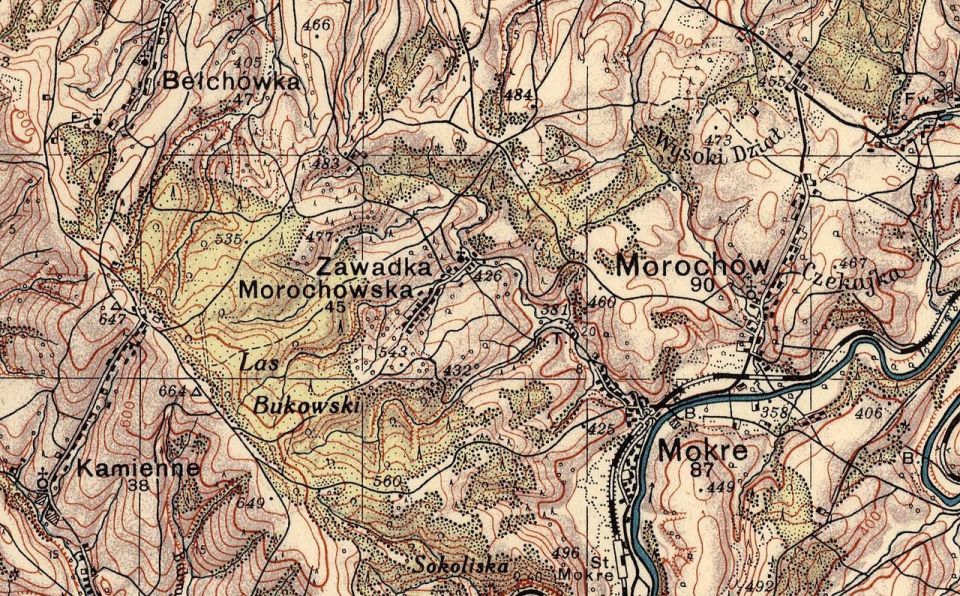On 25 January 1946, 120 soldiers of the Polish People's Army tortured and killed, by various estimates, between 56 and 78 civilians, including women and children, during a punitive action in the ethnically Ukrainian village of Zawadka Morochowska.
Earlier, on 23 January 1946, in Zawadka, the Poles met strong resistance from the Ukrainian Insurgent Army (UPA), and retreated to strike back on 25 January. Upon returning to the village, a detachment of the 8th Infantry Division of the Polish People's Army, commanded by Lieutenant Colonel Stanisław Pluto, did not find the Ukrainian insurgents there, and nonetheless massacred the peaceful residents of the village. A massacre befell the peaceful residents of the village.
The origins of the Polish-Ukrainian conflict date back to the first half of the 20th century and are linked to the desire of the two states to regain influence over their historical territories. The conflict escalated in 1943, when UPA fighters massacred ethnic Poles living in Ukrainian Volhynia. To prevent similar punitive measures and to resolve the conflict peacefully, the Polish Committee of National Liberation, represented by its Chairman Edward Bolesław Osóbka-Morawski, and the Ukrainian SSR, represented by the Chairman of the Council of People's Commissars Nikita Khrushchev, signed the Polish-Ukrainian Mutual Evacuation Agreement on 9 September 1944. The treaty legalised the repatriation procedure for Ukrainians, Belarusians and Russians from the territory of Poland and Poles and Jews from the territory of Ukraine.
The forced relocation of Ukrainians was met with resistance from the UPA. However, the Polish People's Army suppressed their subversive activities. The Zawadka Morochowska massacres were the last major retaliatory actions by the Poles in the series of Ukrainian-Polish conflicts.
On 6 May 1947, the repatriation process was completed. By the autumn of 1947, the units of the Ukrainian Insurgent Army (UPA) and the Organisation of Ukrainian Nationalists on Polish territory had been defeated.
Sources:
“Dramatic Micro-history: Zawadka Morochowska massacres” by Jerzy Pisulinsky
“The Blood Trail of Stalinist Democracy” by Yaroslav Starukh
























